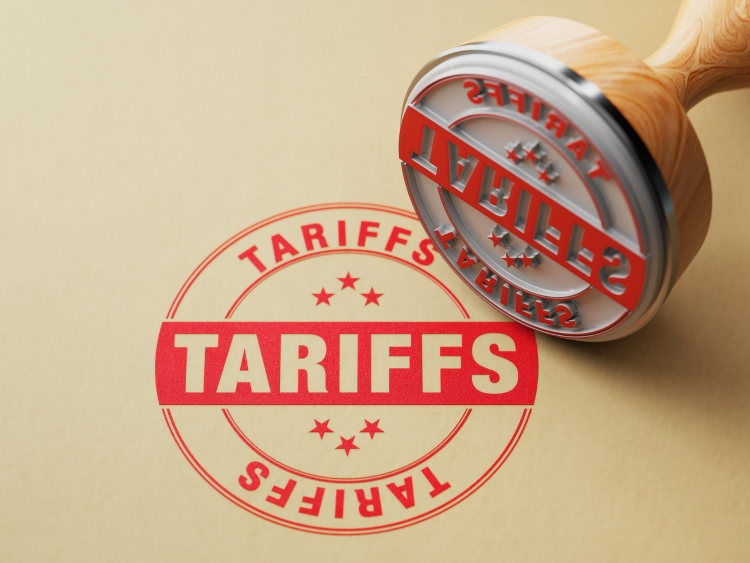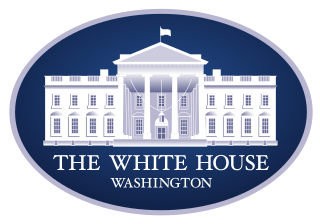Trade Cases

Re-investment in Industry, Labor Needed for Strong U.S. Supply Chains: Biden Report
Written by Sandy Williams
June 10, 2021
A 100-day review, authorized by President Biden, was released this week to address vulnerabilities in critical U.S. supply chains. The report, “Building Resilient Supply Chains, Revitalizing American Manufacturing, and Fostering Broad-Based Growth,” was prepared by the departments of Commerce, Energy, Defense, and Health and Human Services.
![]() The 250-page report included recommendations not only for reducing supply chain risks but also for supporting workforce development, production and innovation, and strong sustainability and labor standards both at home and abroad.
The 250-page report included recommendations not only for reducing supply chain risks but also for supporting workforce development, production and innovation, and strong sustainability and labor standards both at home and abroad.
“The COVID-19 pandemic and resulting economic dislocation revealed long-standing vulnerabilities in our supply chains,” the report said. “The pandemic’s drastic impacts on demand patterns for a range of medical products including essential medicines wreaked havoc on the U.S. healthcare system. As the world shifted to work and learn from home, it created a global semiconductor chip shortage impacting automotive, industrial, and communications products, among others. In February, extreme weather events—exacerbated by climate change—further exacerbated these shortages. In recent months, the strong U.S. economic rebound and shifting demand patterns have strained supply chains in other key products, such as lumber, and increased strain on U.S. transportation and shipping networks.”
“A resilient supply chain is one that recovers quickly from an unexpected event. Our private sector and public policy approach to domestic production, which for years prioritized efficiency and low costs over security, sustainability and resilience, has resulted in the supply chain risks identified in this report. That approach has also undermined the prosperity and health of American workers and the ability to manage natural resources domestically and globally,” the report continued.
Four highly critical supply chains were identified as:
- semiconductor manufacturing and advanced packaging;
- large capacity batteries for electric vehicles and grid storage;
- critical minerals and materials; and
- pharmaceuticals and active pharmaceutical ingredients.
The report indicates several drivers of supply chain vulnerability, including insufficient manufacturing capacity. Between 2000 and 2010 one third of manufacturing jobs were lost, particularly in small- in medium-sized enterprises, the report said. Some of the lost jobs were attributed to competition from low-wage nations, with nearly 25% of the losses tied to the rise of China’s economy following its entry into the World Trade Organization.
U.S. firms have also trailed behind overseas competitors in research and development as well as in the use of new technology, the report said.
One key insight: A focus on short-term capital returns has led to underinvestment in the private sector. “All four reports make clear that current U.S. market structures fail to reward firms for investing in quality, sustainability or long-term productivity.” Investments in workforce and production capabilities lead to improved performance in normal and in crisis periods, the report said.
As U.S. investment in the country’s industrial base declined, allies and competitors stepped up their own program to advance their competitiveness. Government investment in research and development and other incentives have stimulated innovation abroad.
Global sourcing is necessary and desirable, but the concentration of key supply chains to just a few nations increases vulnerability for U.S. and global producers, as evidenced in the recent shortages of personal protective equipment and medical equipment during the pandemic.
“While expanded domestic production of critical goods must be part of the solution to America’s supply chain vulnerabilities, the United States cannot manufacture all needed products at home. Moreover, the United States has a strong national interest in U.S. allies and partners improving the resilience of their critical supply chains in face of challenges—such as the COVID-19 pandemic, extreme weather events due to climate change, and geopolitical competition with China—that affect both the United States and our allies. Yet aside from a handful of pilot projects and other comparatively small diplomatic and multilateral initiatives to secure supply chains, the United States has not systematically focused on building international cooperative mechanisms to support supply chain resilience.”
Report recommendations were divided into six categories:
- rebuilding U.S. production and innovation capabilities;
- supporting the development of markets that invest in workers, value sustainability, and drive quality;
- leveraging the government’s role as a purchaser and investor in critical goods;
- strengthening international trade rules, including trade enforcement mechanisms;
- working with allies and partners to decrease vulnerabilities in the global supply chains; and
- partnering with industry to take immediate action to address existing shortages.
Reaction to report
The Associated General Contractors of America were critical of the report’s recommendations for labor, stressing that removing tariffs and quotas from lumber, steel and aluminum would provide immediate relief from soaring prices.
“Instead, these proposals would limit the ability of workers and employers to fill needed construction positions,” said Stephen Sandherr, CEO of AGC. “Imposing mandated hiring percentages from certain localities and training programs, dictating inflexible labor agreements, and setting artificially high pay rates will diminish the number of firms and workers available to carry out vital infrastructure and other construction programs.”
By Sandy Williams, Sandy@SteelMarketUpdate.com

Sandy Williams
Read more from Sandy WilliamsLatest in Trade Cases

SMU Survey: Less support seen for Trump tariff policies
Meanwhile, an increasing number think it's too early to say whether the penalties are going to bring more manufacturing to the US.

CRU: USW seeks exclusion from Trump’s tariffs
The union is also urging stronger enforcement against countries such as China which break trade rules, and a coordinated Canada-US strategy to protect union jobs across the North America

Price on trade: A lot happened last week – and it wasn’t all about tariffs
Should foreign investment be allowed to reshape the American steel Industry? Not to be lost in the recent on-again-off-again tariff frenzy, Nippon Steel’s proposed takeover of U.S. Steel has also found itself in President Trump’s crosshairs when it comes to trade and industrial policy. Nippon Steel initially announced its nearly $15-billion bid for U.S. Steel […]

Trump signs executive order aimed at making US shipbuilding ‘great again’
President Trump on Wednesday signed an executive order meant to breathe new life into American shipbuilding and curb Chinese dominance in the sector.

Trump still against selling USS to Japanese firm: Report
Despite ordering a new review of Nippon Steel’s bid for U.S. Steel, President Trump said he is still against selling USS to a Japanese company, according to media reports.
